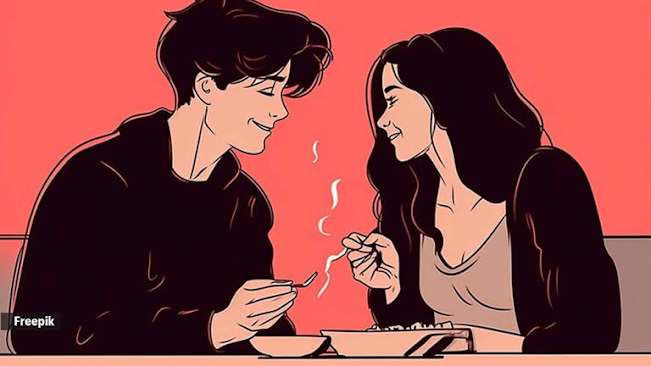Always seeking validation or run away at the first sign of trouble? Your attachment style can explain why
Attachment styles are
patterns of emotional and behavioural responses that develop in early childhood
and continue to influence our relationships and interactions with others.
(Representative image: A still from Love Aaj Kal)
Understanding the dynamics of
relationships involves delving into the intricate tapestry of human attachment
styles. Attachment styles are patterns of emotional and behavioural responses
that develop in early childhood and continue to influence our relationships and interactions with
others.
According to Dr Aparna
Ramakrishnan, psychiatrist at Kokilaben Dhirubhai Ambani Hospital, Mumbai, all
of this comes from the attachment theory, which was originally developed by
John Bowlby and later expanded upon by Mary Ainsworth.
She described 4 types of
attachment styles based on the theory:
Secure attachment style: Most
commonly seen, individuals with this attachment style had caregivers who
responded consistently to their needs, making them feel safe and secure. Hence
they view themselves, their relationships and partners in a positive
light. They are comfortable with intimacy and are able to express and
communicate freely in their relationships.
Anxious/ambivalent style: People
with this style have experienced poor parental availability and inconsistent
caregiving in childhood. Hence, they have a fear of abandonment and a constant
need for reassurance in their adult relationships.
Pallavi Barnwal, intimacy coach
and founder of Get Intimacy, advises doing an honest check-in with yourself:
"Are you in this relationship guided by the energy of fear or energy of
love?" (Source: Freepik)
Avoidant style: Having
experienced emotionally distant, detached caregivers while growing up, such
individuals have learnt to be emotionally independent. They aren’t comfortable
with emotional intimacy. Self-reliance and self-sufficiency are their foremost
needs in a relationship.
Disorganised style: Individuals
with this style have experienced traumatic or unpredictable experiences like
abuse or neglect when they were young. Hence, they exhibit a mixture of anxious
and avoidant behaviours, erratic and confused relationship patterns and struggle
with emotional conflicts.
How do you know you have which attachment style?
Pallavi Barnwal, intimacy coach
and founder of Get Intimacy, advises doing an honest check-in with yourself: "Are you
in this relationship guided by the energy of fear or energy of love?"
"Relationship choices guided
by fear sound like 'I will feel rejected/ abandoned if this person leaves me'.
'I will be left alone if I am not in a relationship'. Relationship choices
guided by love sound like 'I am happy in my life with or without this person
and I choose this person to enhance this happiness'," Barnwal explained.
Dr Ramakrishnan said assessment of
your attachment styles can be done by self reflection and evaluation of your
past and present significant relationships – emotional responses, behavioural
patterns especially during moments of conflict and vulnerability.
Mental health professionals like
psychiatrists, psychologists can also help provide insights and assess your
attachment style accurately.
Can this have an effect on
friendships as well?
Attachment styles can definitely
have an impact on friendships as well, according to Dr Ramakrishnan.
"Securely attached
individuals tend to have stable, healthy and fulfilling friendships. They are
comfortable being emotional and vulnerable amidst their friends, are able to
communicate openly and honestly, are able to set healthy boundaries while being
supportive of their friends. This leads to long lasting, trustworthy friendships."
In contrast to this, she added
that anxiously attached individuals have intense, emotional connections.
However, their fear of abandonment leads to increased rejection sensitivity,
constant demands for reassurance and validation. "They may go above and
beyond for their friends and have similar expectations which if unmet can lead
to emotional turmoil and fractured friendships. They often have difficulty
setting healthy boundaries," she said.
According to Ramakrishnan,
avoidantly attached people often have fewer, less intense friendships as they
are uncomfortable being emotionally expressive or vulnerable in relationships
and prefer to maintain emotional distance. "Individuals with disorganised
attachment style have difficulty forming and maintaining stable, healthy
friendships often exhibiting mercurial, volatile behavioural patterns."



Comments
Post a Comment